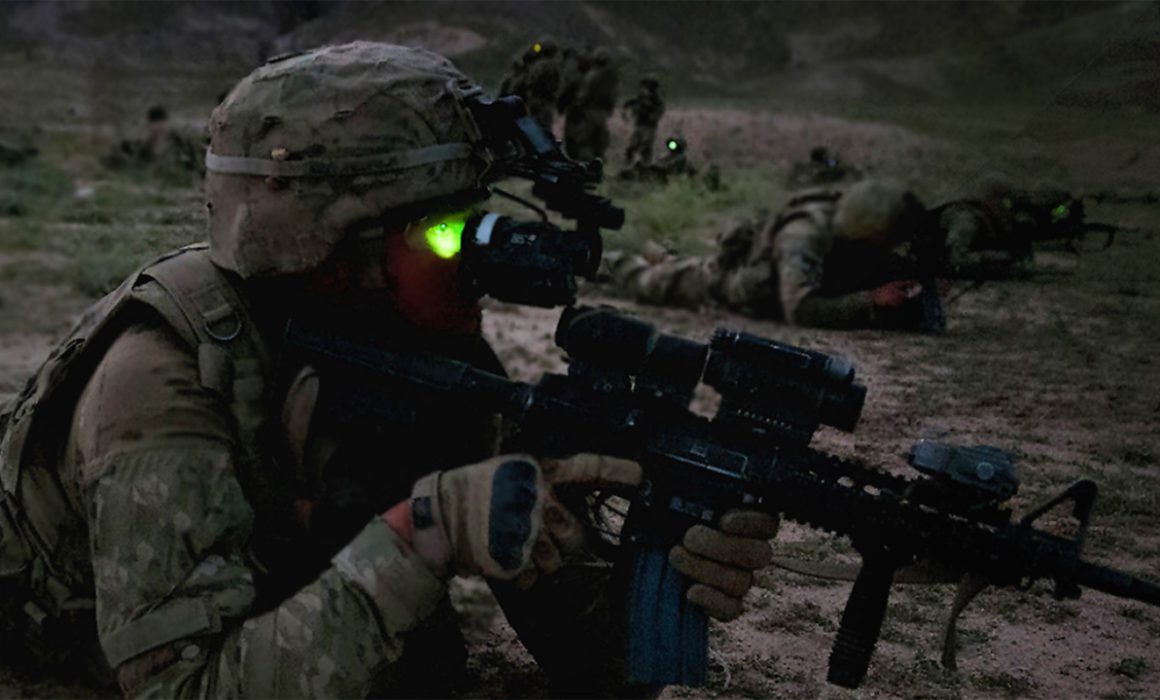Night Vision Device Use Basics
The primary purpose of night vision devices is to produce images usable in tactical situations. Night vision devices can be a hand-held, head mounted, or helmet mounted night vision system that enable walking, driving, aiming, short-range surveillance, map reading, vehicle maintenance, and administering first aid in both moonlight and starlight. Many environmental factors can affect performance of night vision devices (NVDs), such as cloudy nights, fog, rain and other adverse conditions.
Conditions That Affect NVD Performance
- All traditional NVDs require some ambient light (moonlight, starlight, etc.) to operate. The level of performance depends upon the level of light.
- Ambient light, hence the performance of the night vision device is reduced by passing cloud cover, while operating under trees, in building shadows, etc.
